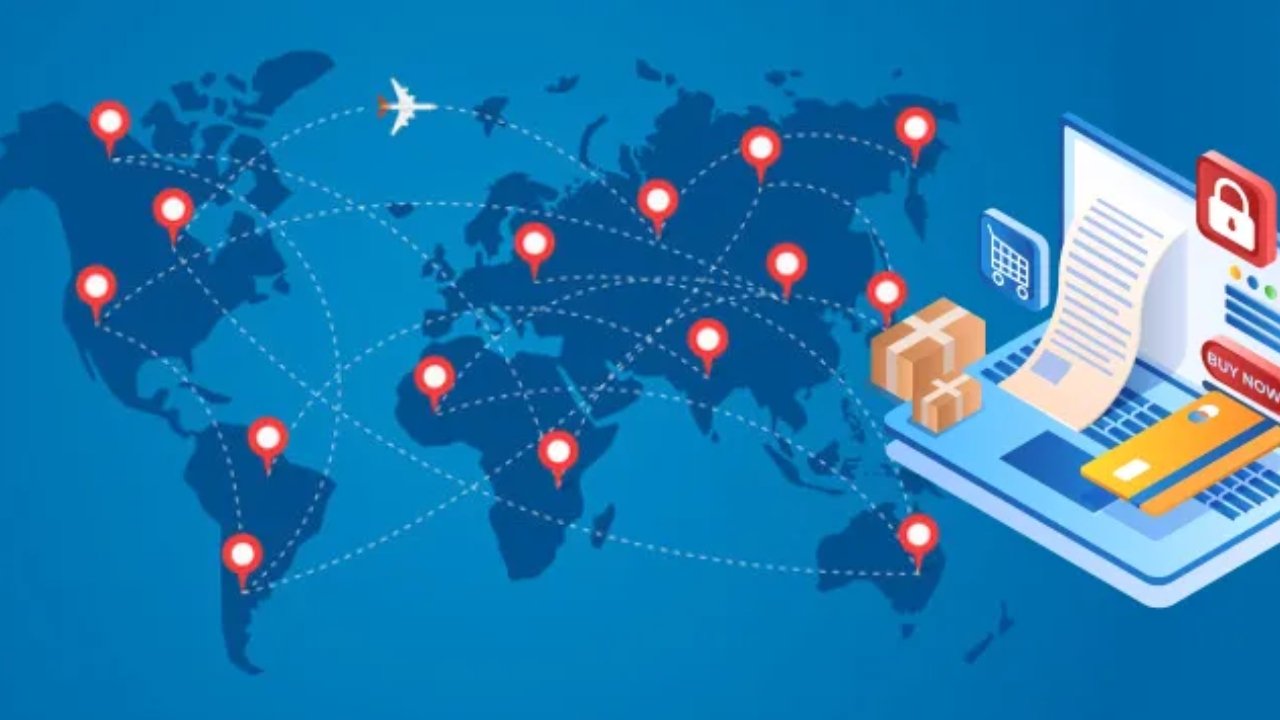Southeast Asia has emerged as one of the most dynamic trade regions in the world, driven by rapid economic growth, rising consumer demand, and expanding manufacturing hubs. Efficient cross-border logistics is critical to sustaining this growth, as it ensures that goods move seamlessly across national borders. However, companies engaged in regional trade face several challenges, ranging from regulatory complexities to infrastructure limitations. Addressing these issues with innovative solutions is key to maintaining competitiveness and enabling smooth trade flows.
Understanding Cross-Border Logistics in Southeast Asia
Cross-border logistics involves the planning, execution, and management of goods transported across countries. In Southeast Asia, this includes nations such as Indonesia, Thailand, Vietnam, Malaysia, Singapore, and the Philippines. The region is characterized by diverse geographies, varying infrastructure quality, and different regulatory frameworks, all of which affect the efficiency of logistics operations. Companies need to navigate customs procedures, multiple transport modes, and regional trade agreements to ensure timely and cost-effective delivery.
Key Challenges in Southeast Asia Cross-Border Logistics
Several factors make cross-border logistics in Southeast Asia complex. Understanding these challenges helps businesses develop strategies to overcome them and optimize trade operations.
Regulatory and Compliance Issues
Each country in Southeast Asia has its own set of regulations regarding import and export procedures, documentation, tariffs, and trade policies. Navigating these differing rules can be time-consuming and costly. Delays in customs clearance, inconsistent documentation standards, and frequent policy changes add layers of complexity, affecting delivery schedules and increasing operational costs.
Infrastructure Constraints
Although countries like Singapore and Malaysia boast modern ports and transport networks, others face challenges such as congested ports, limited road connectivity, and underdeveloped warehousing facilities. Poor infrastructure leads to delays, higher transportation costs, and increased risks of damage to goods, particularly for time-sensitive or perishable products.
Fragmented Supply Chains
Southeast Asia’s logistics ecosystem includes multiple small and medium-sized carriers, freight forwarders, and customs agents. This fragmentation can result in poor coordination, lack of visibility, and inefficiencies in tracking shipments. Companies often struggle to maintain a seamless flow of goods across multiple stakeholders, leading to delays and operational bottlenecks.
Currency and Payment Risks
Cross-border trade involves dealing with multiple currencies, which exposes businesses to exchange rate fluctuations and payment delays. Differences in banking systems and limited access to secure payment platforms further complicate financial transactions, affecting cash flow and operational stability.
Solutions to Improve Cross-Border Logistics
While the challenges are significant, several strategies and solutions can help businesses optimize cross-border logistics in Southeast Asia.
Leveraging Trade Agreements
Regional trade agreements such as the ASEAN Free Trade Area (AFTA) and bilateral trade deals help reduce tariffs, simplify customs procedures, and facilitate smoother cross-border trade. Companies can benefit from preferential treatment by understanding and complying with these agreements, which reduces costs and speeds up delivery times.
Investing in Technology and Digital Solutions
Technology plays a crucial role in addressing logistical inefficiencies. Digital platforms for shipment tracking, customs clearance, and inventory management improve transparency and coordination across stakeholders. Advanced analytics can help predict delays, optimize routes, and reduce operational costs. Integrating technologies like Internet of Things devices and cloud-based systems enables real-time monitoring of goods and enhances decision-making capabilities.
Strengthening Infrastructure and Partnerships
Collaborating with regional logistics partners and investing in modern warehousing, cold storage, and transportation facilities helps mitigate infrastructure limitations. Businesses can leverage third-party logistics providers that specialize in cross-border operations, ensuring reliable delivery even in regions with underdeveloped transport networks.
Streamlining Documentation and Compliance
Automating documentation processes and adopting standardized practices across countries can significantly reduce delays. Electronic data interchange (EDI) systems and blockchain technology are increasingly used to secure, verify, and share shipment data, minimizing errors and ensuring regulatory compliance. Training staff in international trade regulations and customs procedures also enhances operational efficiency.
Mitigating Currency and Payment Risks
Businesses can manage financial risks by using multi-currency payment platforms, forward contracts, and secure banking channels. Working with logistics providers that offer integrated payment solutions can help streamline transactions and reduce exposure to exchange rate volatility.
The Role of Collaboration and Regional Integration
Cross-border logistics in Southeast Asia thrives on collaboration between governments, private companies, and logistics providers. Initiatives such as regional transport corridors, digital customs networks, and joint infrastructure projects are helping reduce trade barriers. Companies that actively engage with regional networks and adopt integrated logistics strategies are better positioned to take advantage of growth opportunities in the region.
Conclusion
Cross-border logistics is a critical component of Southeast Asia’s trade ecosystem, but it comes with unique challenges. Regulatory complexities, infrastructure limitations, fragmented supply chains, and financial risks can hinder efficiency if not addressed proactively. By leveraging trade agreements, adopting technology, strengthening partnerships, and streamlining compliance, businesses can overcome these obstacles. As the region continues to grow as a global trade hub, companies that innovate and adapt their logistics strategies will enjoy faster deliveries, lower costs, and a stronger competitive edge in Southeast Asia’s dynamic market.
